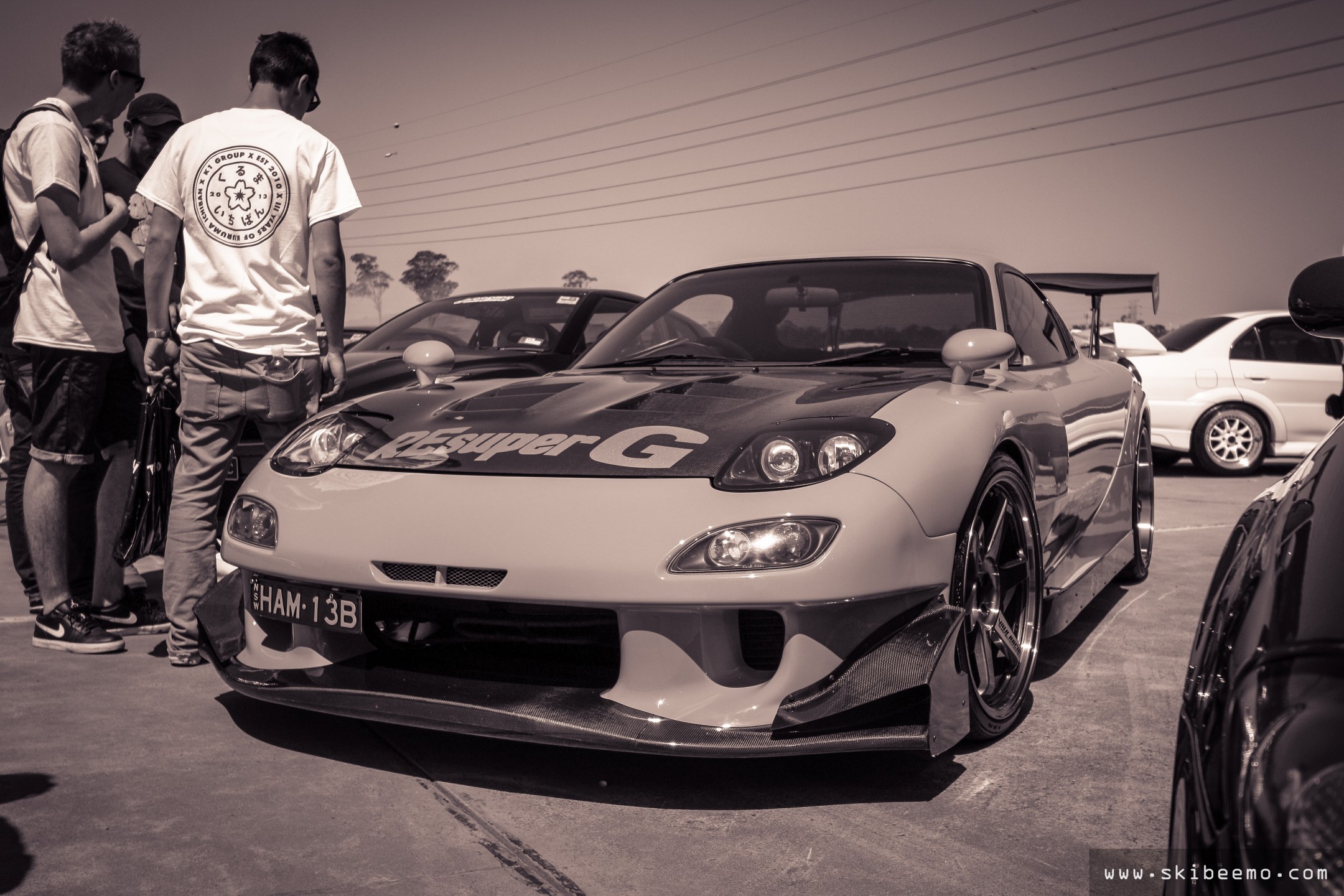
Aura is defined as ‘the distinctive atmosphere or quality that seems to surround and be generated by a person, thing, or place’. Believe it or not, we’ve all experienced aura radiating from an environment or object. Take a moment and recall the last time you saw something that immediately filled your body with a shot of delirium. You pinch yourself , calm your mind and attempt to collect your thoughts. But have you ever questioned why or how said object is emitting that powerful aura?
Modifying a street car is always considered an expression of one’s personality. There is no wrong way to do things – as long as the owner’s heart is happy, that’s all that matters. However, why is it that every now and again, there are certain cars which generate so much buzz and excitement when they appear on your social media feeds; or the situation where a group of individuals flock over to one or two cars at a meet or show despite the same reaction not occurring for the other hundred or so vehicles parked within the same venue? That, ladies and gentleman, is the power of aura which invisibly glows around said cars – the intangible glare so prominent that it sucks in all those around it.
Have you ever though why some cars have this phantom halo surrounding them and others don’t? Although building an aura car is a bit of a black art, the below is my attempt at reverse-engineering the traits which goes into such cars. I’ve pinpointed to three main conditions that must be perfected: ingredients, style and execution.
Tell a chef to forsake the quality of ingredients which goes into their dish and they’ll assure you the end result will be a sub-par meal. The same concept rings true when modifying one’s ride. Although modified cars require parts to be installed in order to deviate them from stock form, there’s a misconception that endlessly throwing cash at a car or only buying the most expensive components yields an appealing outcome. Nothing could be further from the truth. An AUD $4,000 set of 16-inch forged Mugen MF10 rims – despite being a quality ingredient – would look quite erratic on a Z34 370Z. It’s like serving a rare and exotic tomato sauce with a prime-grade scotch fillet steak; there’s no allure. Cars can either be modified using seasonal ingredients (parts which are presently fashionable but have not yet withstood the test of time) – think Pandem, Liberty Walk, 3M Wraps and HaloEFX, or with tried and proven parts – that when used in present day – still look fantastic. Any BNR34 Skyline GT-R flaunting a complete Nismo S-Tune dress and wearing forged Nismo LMGT4 shoes will always look dazzling despite the weather.
The sum of all parts installed – whether using ingredients that are of a seasonal or proven nature – results in the direct style of a car. I’ve always rationalised with the thought that style should be established before any modifying journey begins. That way, the finished package’s theme is instantly recognisable. Recall the times you’ve stumbled upon an aura car in person; isn’t the overall theme immediately recognisable? Whether it was a clean stock example fitted with minor OEM/rare factory-optioned parts, JDM hero wearing the best in-house performance components, dark-coloured luxury sedan flaunting a flared body-kit with spotless paint and ginormous chrome rims, or a current-model sportscar with pop riveted-fender flares and bagged to the ground. The style – on most occasion – is often blatantly obvious on aura cars.
So an owner has decided on a style, selected the appropriate ingredients and now has to mash everything up. This brings us to execution. Now on the surface, this may seem like the easiest component of the variable i.e. just install everything and Bob’s your uncle; but it can get a little more complicated than that. The workmanship and craft of installation can make or break a modified car. I’d often get baited by the impalpable radiance of what I think is an aura car from the distance only for the glow to fade – and eventually – disappear from said car when I get up close and notice the execution. Factors like cloudy headlights, dull paint, seals that were once black but are now grey, OCD-agitating misaligned panel gaps – or often the worst discovery – finding out that despite ingredients and style being on point for 98% of the build, the car has a replica part installed. I further fall over if the obviously fake part was additionally dressed-up to resemble the real deal; Rays Engineering and Volk Racing decals should never be installed on a Rota product.
In the end, I feel owners shouldn’t set out to build an aura car for the sake of pleasing other people; aura should be viewed as an accompaniment byproduct. At times, even when an owner thinks they’ve perfected the three elements of ingredients, style and execution – the resulting supposed aura is still not created. That’s because the entire process is somewhat of a black art. In saying that, if I had to choose one element to perfect, it’d be execution. Execution to me, holds the most weight in the formula and when perfected alone, can reliably create an aura car. This is why most cars which undergo a complete, no expense-spared, full blown restoration are often perceived as aura cars. Crowds will flock for a better look at a show or meet, despite the said cars’s aura essentially being the fact that it was altered from factory stock, to well…factory stock.
![]()
